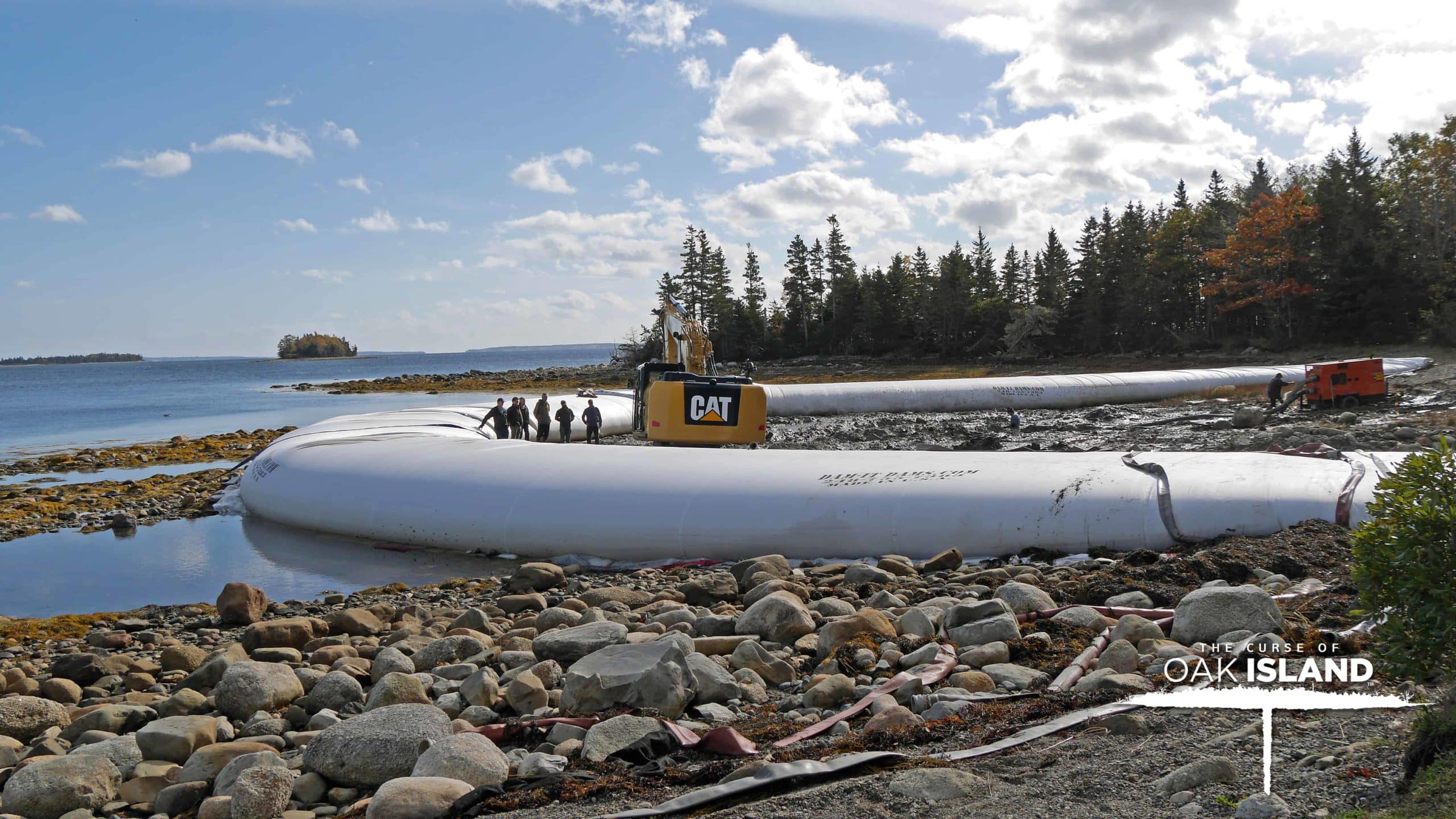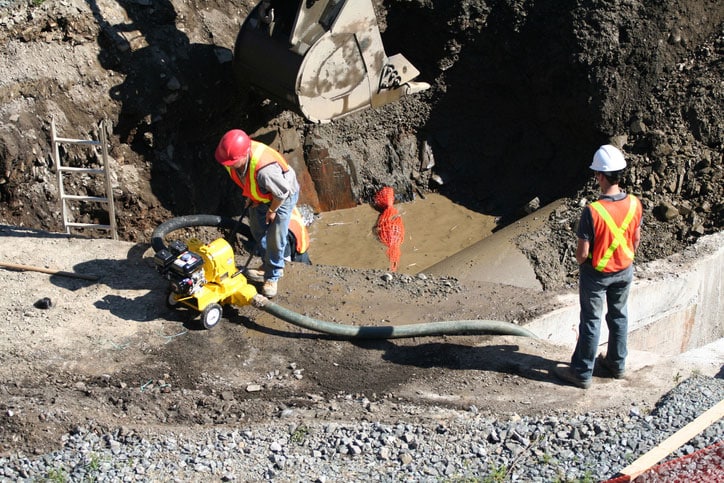Dewatering refers to the standard and important process of removing water from a construction site. The site could be in a source of water, or it could be in an area below the water table so flooding and working in unfavorably damp conditions is likely a problem. Working where water is present always carries risks, as sites can become muddy and therefore hazardous. Also, water and items that are powered by electricity mix as well as oil and water do.
Water can also damage construction materials and equipment, undermine structures such as foundations, and cause health hazards to the construction crew. Dewatering is necessary, but the process can be both costly and time-consuming. If not done properly, dewatering can become a daily process, eating into your valuable construction window and increasing your costs.
Step by Step Guide to the Best Dewatering Practices for Construction Sites
While there is no complete guide for every construction site where water is a problem, there is a general ‘best dewatering practice’ that can be applied to any dewatering project. It is important that you understand the potential water hazards that your site holds, calling in local experts with experience of construction in the area if needed.
The following steps are recommended to maintain a ‘best practice’ standard when it comes to dewatering a construction site.
- Make sure you undertake a complete analysis of the condition of the water table at the construction site.
- Find a suitable area where water can safely be discharged, making sure you are following all legal guidelines. Water can usually be discharged to sewer inlets, lakes and wetlands without any issues.
- Monitor the area for signs of erosion. If excess soil is being removed from the construction area because of dewatering it will weaken the site, as well as causing issues at the point at which the soil is being deposited.
- Choose a stable, vegetated area for discharge. Heavily vegetated areas are more stable than those lacking in vegetation. Avoid discharging onto slopes as that weakens the discharge area, causing hazards.
Inflatable cofferdams can help with the dewatering of construction projects, helping to create a safe and hazard-free working environment. Cofferdams can also be used for water storage, so that you do not have to worry about finding a suitable discharge area, plus they can be used for water diversion to create dry areas too.


